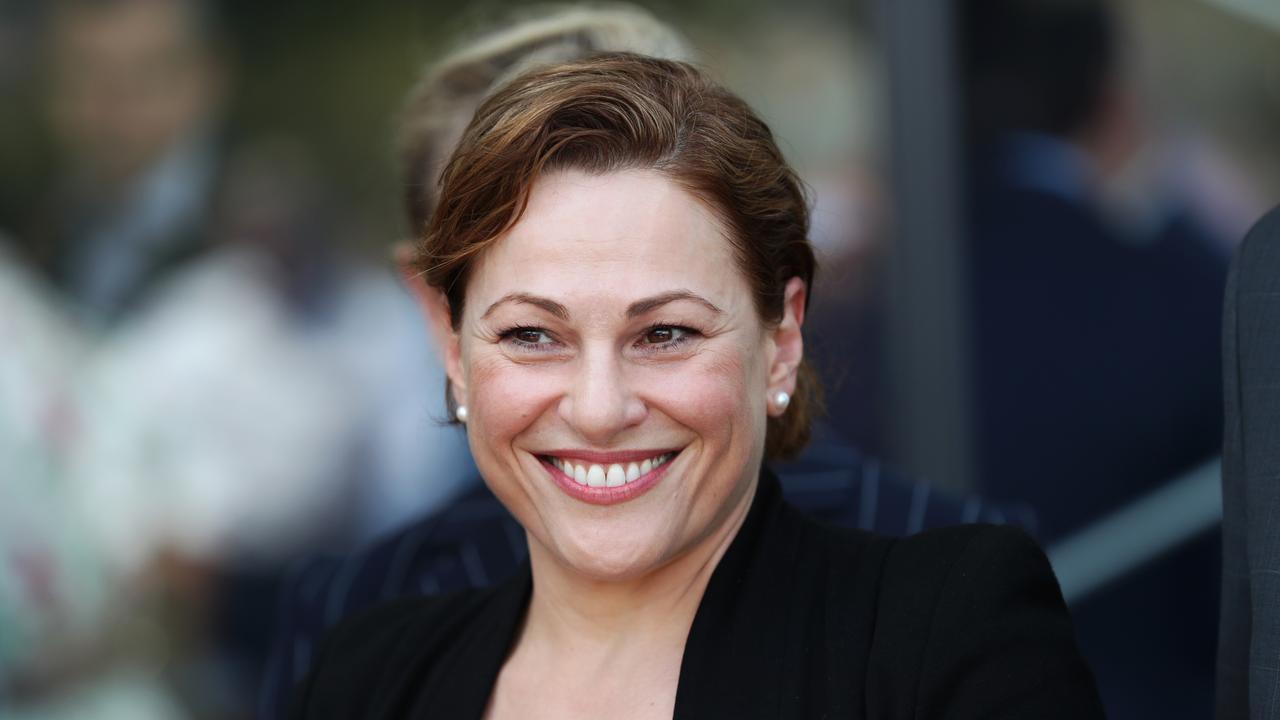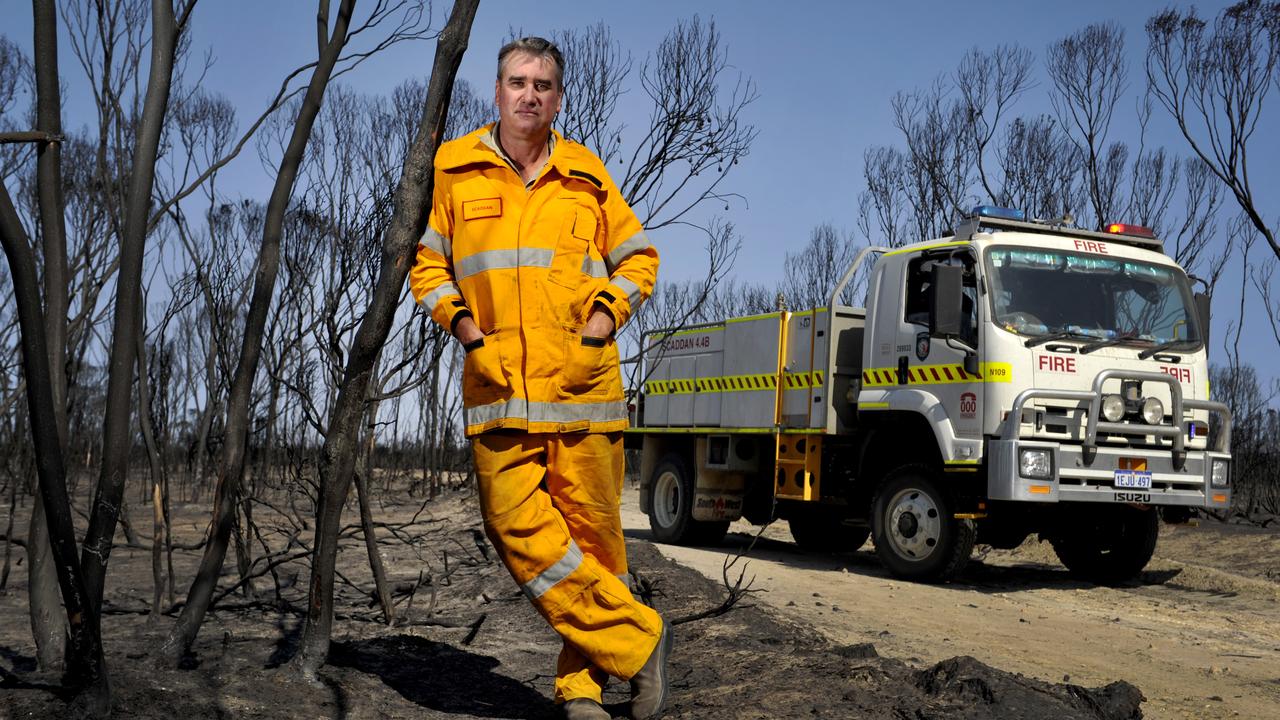Sydney desalination plant to come on line as dams dip
Sydney’s desalination plant is undergoing a “busy period” in preparation for it to be officially switched on.

Sydney’s desalination plant is undergoing a “busy period” in preparation for it to be officially switched on for the first time, with continuing drought conditions affecting dam levels in cities around the country.
Despite record rainfall events at the end of last year, Sydney’s water storage sits at 60.8 per cent, down from 81 per cent a year ago. Dam levels are hovering above the 60 per cent trigger for the desalination plant to be turned on, and not far off the 50 per cent figure when water restrictions will be introduced.
Since opening in 2010, the $1.8 billion facility at Kurnell in Sydney’s south has only been operational during test periods, and has been in standby mode since, having never contributed to the city’s drinking water supply.
Testing finished in 2012, when it was sold by the state government to a private operator, Sydney Desalination Plant.
It costs taxpayers about $195 million a year — or $85 per household — to maintain when in standby. When the plant is turned on, the cost to consumers will rise to about $130 per household.
It takes up to four months for the plant to start producing water after being switched on, and up to eight months to reach full capacity, which is 15 per cent of Sydney’s daily water use. An SDP spokesman told The Weekend Australian preparations were under way for the plant to be switched on to full capacity.
“The operators of the plant are currently getting the facility readied for a restart, which means it is a busy period for the operators,” the spokesman said.
The chance of rainfall boosting the city’s dam levels is unlikely, with the Bureau of Meteorology predicting a “drier than average” three months for eastern mainland Australia, as well as Western Australia and parts of the Northern Territory.
The BOM also predicts “longer-term rainfall deficiencies” to continue in “most areas”.
In Melbourne, dam levels sit at 61.3 per cent, down from 68.8 per cent 12 months earlier.
Brisbane has also suffered a dip in its water supply, dropping from 77.1 per cent last year to 74.6 per cent yesterday.
Both those cities operate desalination facilities every year, which feed into a “water grid” that supplements existing dams and sends surplus water to regional basins.
Adelaide’s water supply drastically dropped from 72.1 per cent to 56.4 per cent in the past year, with Canberra’s dams dropping from 80.3 per cent to 65.1 per cent.
Darwin’s water supply sits at 73.9 per cent, down 5.6 percentage points in 12 months.
But Perth and Hobart have recorded increases in their water storage levels.
Perth, which also relies on desalination water year round, sits at 48.8 per cent, up from 37.7 per cent this time last year.
Hobart’s water levels are near full capacity at 94.6 per cent, up from 87.9 per cent in 12 months.



To join the conversation, please log in. Don't have an account? Register
Join the conversation, you are commenting as Logout